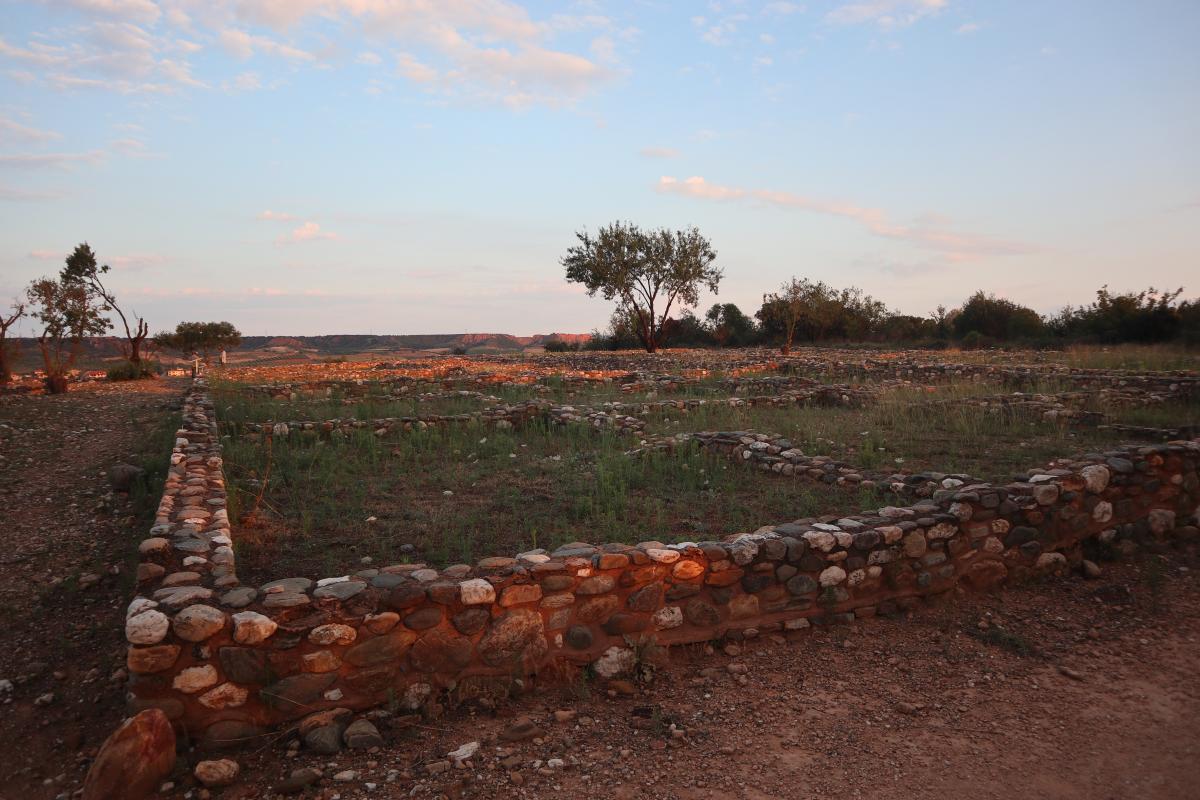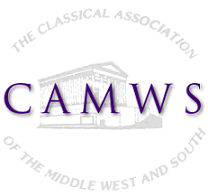CAMWS Excavation Award Final Report 2019
Elise Poppen
The 2019 field season of the Olynthos Project took place between July 1st and August 9th. During this six-week season, the main goals were to finish certain rooms in House Bix6 on the North Hill of the city, to fill in the missing gaps in the field survey area, and to complete the stratigraphy trench on the South Hill. With the help of a CAMWS Excavation Award, I was able to participate in this final excavation season of the Olynthos Project and to personally experience the accomplishment of these goals. This award allowed me to benefit from the Project both in the ways I thought I would, and in ways I did not previously expect.
The CAMWS Excavation Award afforded me an opportunity to return to the Olynthos Project as a member of the ceramics team. In the past, we spent most of our time sorting all of the ceramic material from both the excavation and the survey. The team still spent a fair amount of time doing this task. However, this year, all members of the pottery team returned from last season. This collective experience meant that we were more efficient and accurate in our sorting of the material. Because of this, we had more time to think about the material critically and to go back to older excavation material. Before the season began, I would not have guessed what this extra time meant for the understanding of the excavation and the excavation material. For example, additional trenches were opened up in one room of the house that had been previously dug in 2015. After sorting the material from the 2019 excavation, we had time to go through the 2015 material from the same area. We made multiple cross joins of vessels across contexts from both seasons. This allowed us to give valuable feedback to the supervisor who was in charge of the trench, it helped us think about depositional processes, and it gave us a more complete picture of the contents left in the room.
In addition, we began to more closely analyze the ceramic assemblages present in each room and to think about what the material could possibly mean. This step meant that the ceramics team could move past the simple task of sorting and towards thinking critically about the ceramic remains that were coming from the house. This exercise provided me with valuable experience that I plan on applying to my PhD dissertation. For my dissertation, I am researching the domestic architecture and ceramic assemblages of Roman Greece. Although Classical Olynthos does not fall under that category, being on a project that focuses on these topics gave me the chance to realize and consider some of the issues I may also encounter in my dissertation.
The last benefit of returning to Olynthos was that there was added effort this year for participants to present other material they have studied. Sometimes this was related to Olynthos or houses, and other times it was not. One example was a presentation regarding the microdebris analysis on a settlement located on the edge of the Assyrian Empire that was occupied between 800 to 600 BCE. Although not situated in the ancient Greek world, this research greatly informed our microdebris specialist’s experience, understanding, and interpretation of the microdebris remains at Olynthos. It was beneficial to learn about different perspectives, and to actively see how these could change and expand our understanding of the excavation.
Overall, it was a successful season for both the Olynthos Project and for myself. Without a CAMWS Excavation Award, I would not have been able to participate in this season. My presence on the Project meant that I could contribute to the understanding of the excavation and of the house as a whole, that I could join conversations about domestic archaeology that relate to both House Bix6 and my own dissertation research, and that I could learn about different perspectives that form people’s interpretations of archaeological material. Although this was my fourth year on the Project, I benefitted from another year of participating in ways that I could not have predicted. Because of this experience, I grew as an archaeologist and scholar, which was only possible with a CAMWS Excavation Award.
 |
 |
| Poppen looking at a ceramic vessel to record it for secondary processing | The conserved area of Olynthos at sunrise |
